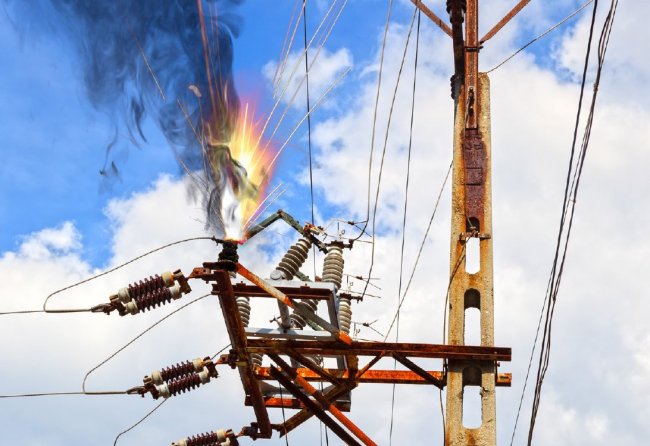Causes and consequences of a short circuit
Short circuit — connecting the source of EMF to the load, the resistance of which is very small compared to the internal resistance of the source.
The short-circuit current is determined only by the internal resistance of the source r, i.e. ik = E / r, where E is the EMF of the source.
Usually Sources of EMF are not designed for the high current that occurs during a short circuit, a very large amount of heat is generated in the source, which can lead to destruction and death of the source. A short circuit is especially dangerous for sources with small internal resistance (batteries, electric cars, etc.).
So, a short circuit occurs when two wires of a circuit are connected, connected to different terminals (for example, in DC circuits, these are «+» and «-«) of the source through a very small resistance, which is comparable to the resistance of the wires themselves.
The short-circuit current can exceed the rated current in the circuit by many times. In such cases, the circuit must be broken before the temperature of the wires reaches dangerous values.
To protect the wires from overheating and to prevent surrounding objects from igniting, protective devices are included in the circuit — fuses or circuit breakers.
Short circuits can also occur with overvoltage as a result of thunderstorms, direct lightning strikes, mechanical damage to insulating parts, wrong actions of service personnel.
In the event of a short circuit, the short circuit currents increase sharply and the voltage decreases, which poses a great danger to electrical equipment and can cause power interruptions to consumers.
See also: How short circuit protection works and works
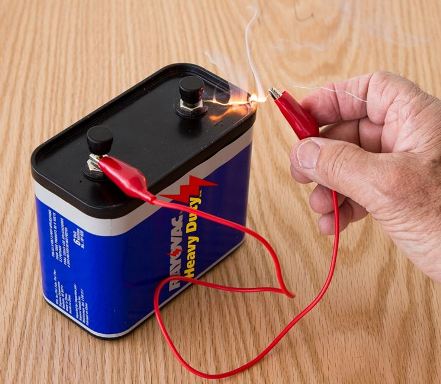
Short circuits are:
-
three-phase (symmetrical), in which all three phases are short-circuited;
-
two-phase (unbalanced), in which only two phases are short-circuited;
-
two-phase to ground in systems with solidly grounded neutrals;
-
single-phase unbalanced earthed neutrals.
The current reaches its maximum value with a single-phase short circuit. As a result of the use of special artificial measures (for example, grounding the neutrals by reactors, grounding only part of the neutrals), the maximum value of the single-phase short-circuit current can be reduced to the value of the three-phase short-circuit current, for which calculations are most often performed.

Causes of short circuit
The main cause of short circuit is the disturbances insulation of electrical equipment.
Insulation failures are caused by:
1. Overvoltage (especially in networks with isolated neutrals),
2. Direct lightning strike,
3. Aging isolation,
4.Mechanical damage to the insulation, driving under the lines of oversized mechanisms,
5. Inadequate maintenance of equipment.
Often the cause of damage in the electrical part of electrical installations is the unqualified actions of service personnel.
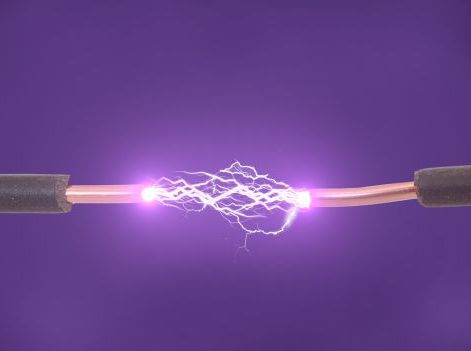
Intentional short circuit
When applying simplified connection schemes of step-down substations, special devices are used — short circuitswhich create an intentional short circuit in order to quickly interrupt the resulting fault. Thus, in addition to accidental short circuits in power systems, there are also intentional short circuits caused by the action of a short circuit.
Consequences of a short circuit
As a result of a short circuit, live parts overheat significantly, which can lead to insulation breakdown, as well as the appearance of large mechanical forces that contribute to the destruction of parts of electrical installations.
In this case, the normal supply of consumers in undamaged sections of the network is disrupted, since the emergency mode of a short circuit in one line leads to a general decrease in voltage. At the short-circuit point, the conjugation becomes zero, and at all points up to the short-circuit point, the voltage drops sharply and normal power supply to the undamaged lines becomes impossible.
When short circuits occur in the power system, its total resistance decreases, which leads to an increase in the currents in its branches compared to the currents in the normal mode, and this causes a decrease in the voltage at individual points of the power system, which is especially large near the point short circuit.The degree of voltage reduction depends on the operation devices for automatic voltage regulation and distance from the damage site.
Depending on the place of occurrence and the duration of the fault, its consequences can be of a local nature or affect the entire power supply system.
With a long distance of the short circuit, the value of the short circuit current can be only a small part of the rated current of the power generators, and the occurrence of such a short circuit is perceived by them as a slight increase in the load.
A strong reduction in voltage occurs only near the short-circuit point, while at other points of the power system this reduction is less noticeable. Therefore, under the considered conditions, the dangerous consequences of a short circuit are manifested only in the parts of the power supply system closest to the accident site.
The short circuit current, although small compared to the rated current of the generators, is usually many times the rated current of the branch where the short circuit occurs. Therefore, even with short-term short-circuit current flow, it can cause additional heating of current-carrying elements and wires above the permissible level.
Short-circuit currents cause high mechanical forces between conductors, which are particularly large at the beginning of the short-circuit process, when the current reaches its maximum value. If the strength of the wires and their fastenings are insufficient, mechanical damage may occur.
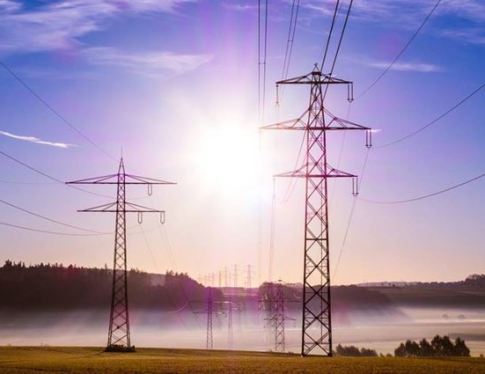
The sudden deep short-circuit voltage drop affects the performance of consumers.First of all, this applies to motors, because even with a short-term voltage drop of 30-40%, they can stop (motors turn over).
Engine overturning has a severe effect on the operation of an industrial plant, as it takes a long time to restore the normal production process, and the unexpected shutdown of the engines can cause a defect in the plant's product.
With a small distance and a sufficient short-circuit duration, it is possible for the parallel stations to fall out of synchronism, i.e. disruption of the normal operation of the entire electrical system, which is the most dangerous consequence of a short circuit.
Unbalanced current systems resulting from ground faults are capable of creating magnetic fluxes sufficient to induce significant EMFs in adjacent circuits (communication lines, pipelines) that are dangerous to service personnel and equipment on those circuits.
Therefore, the consequences of a short circuit are as follows:
1. Mechanical and thermal damage to electrical equipment.
2. Fire in electrical installations.
3. A decrease in the voltage level in the electrical network, leading to a decrease in the torque of the electric motors, their stopping, a decrease in performance or even to overturning.
4. Loss of synchronicity of individual generators, power plants and parts of the electrical system and occurrence of accidents, including system accidents.
5. Electromagnetic influence on communication lines, communications, etc.
What is the calculation of short circuit currents for?
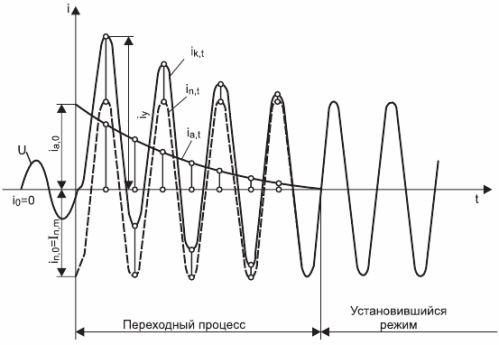
A short circuit in the circuit causes a transient process in it, during which the current can be considered as the sum of two components: forced harmonic (periodic, sinusoidal) ip and free (aperiodic, exponential) ia. The free component decreases with the time constant Tc = Lc / rc = xc /? Rc as the transient decays. The maximum instantaneous value iу of the total current i is called the shock current, and the ratio of the latter to the amplitude Iπm is called the shock coefficient.
Calculation of short-circuit currents is necessary for the correct selection of electrical equipment, design relay protection and automation, selection of means for limiting short-circuit currents.
Short circuits (SC) usually occur through transient resistances — electric arcs, foreign objects at the fault site, supports and their grounds, as well as resistances between phase conductors and earth (for example, when conductors fall to the ground). To simplify the calculations, the individual transient resistances, depending on the type of fault, are assumed to be equal to each other or equal to zero ("metallic" or "dull" short circuit).
See also:Short-circuit current, which determines the magnitude of the short-circuit current

